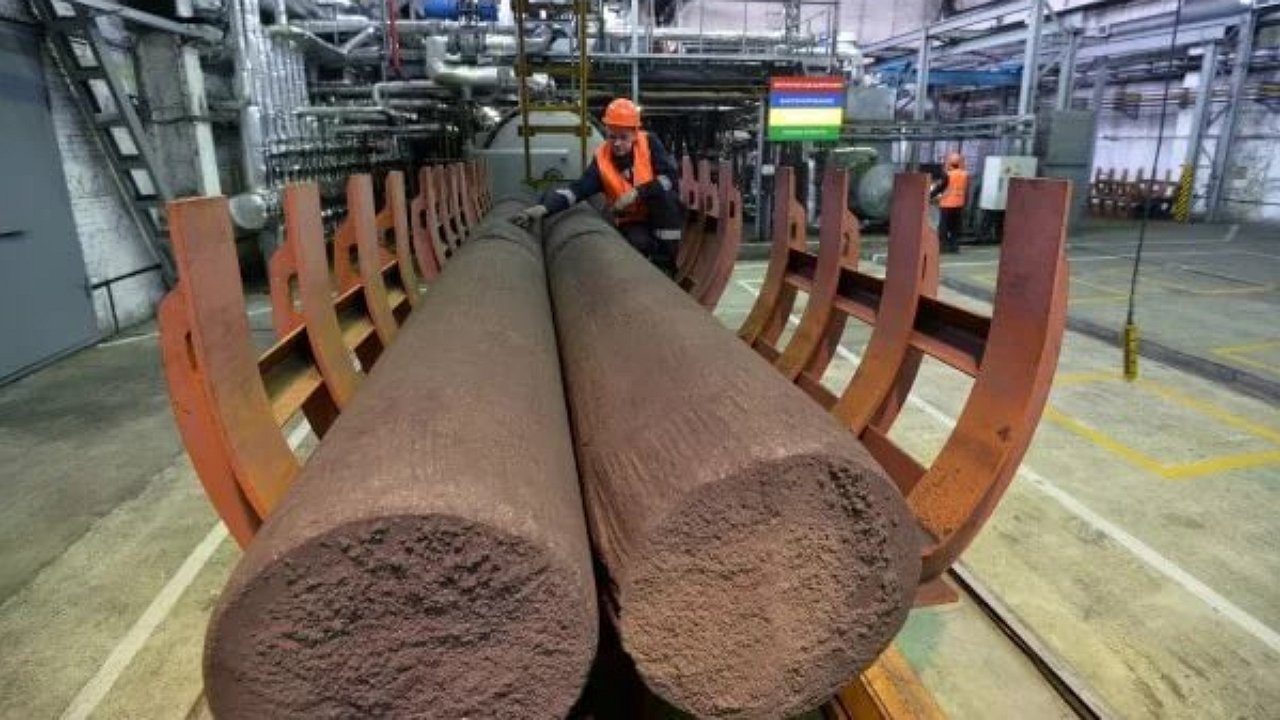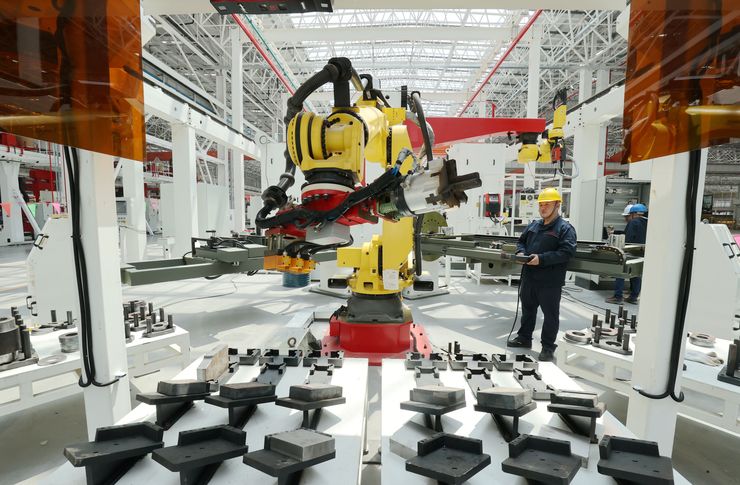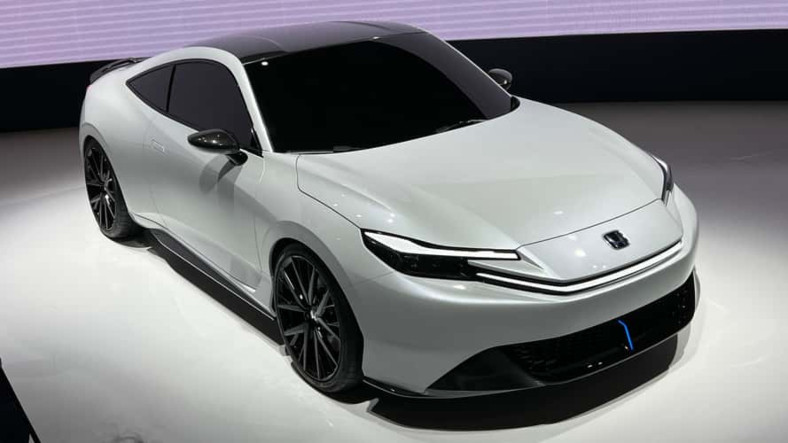The ‘brave new world’, in which the electric vehicle is taking on an increasingly important role, shows another grin of reality, which is not much expected by enthusiasts of the fight against traditional combustion engines. Recently, China announced that it was actually introducing permits for the import of graphite and products made from it. First, graphite is needed for battery production. And second, about 90% of this substance is supplied to the world market by the Celestial Empire.
The fact is that graphite is produced using a technology that is not particularly environmentally friendly and rather energy intensive: by heating a mixture of sand and coke to temperatures of up to 2800°C. Or from gaseous hydrocarbons at 1400-1500°C and reduced pressure, followed by heating the resulting pyrocarbon to 2500-3000°C at a pressure increased to 50 MPa. For decades, developed countries preferred not to spoil things at home, sacrificing the “honorable mission” of graphite production in China.
And now it has been realized that this country has become a global monopolist in this field and supplies graphite in large quantities to the US, Japan, South Korea, India and other countries. Fortunately, Russia has its own graphite production. It is not comparable in size to the Chinese one, but it is sufficient for domestic consumption.
The Chinese claim that graphite exports will no longer be banned from December 1. For this you only need special permission from the authorities of the country. Characteristically, the PRC ‘took control’ of its gallium and germanium exports in much the same way slightly earlier, from August 2023.














